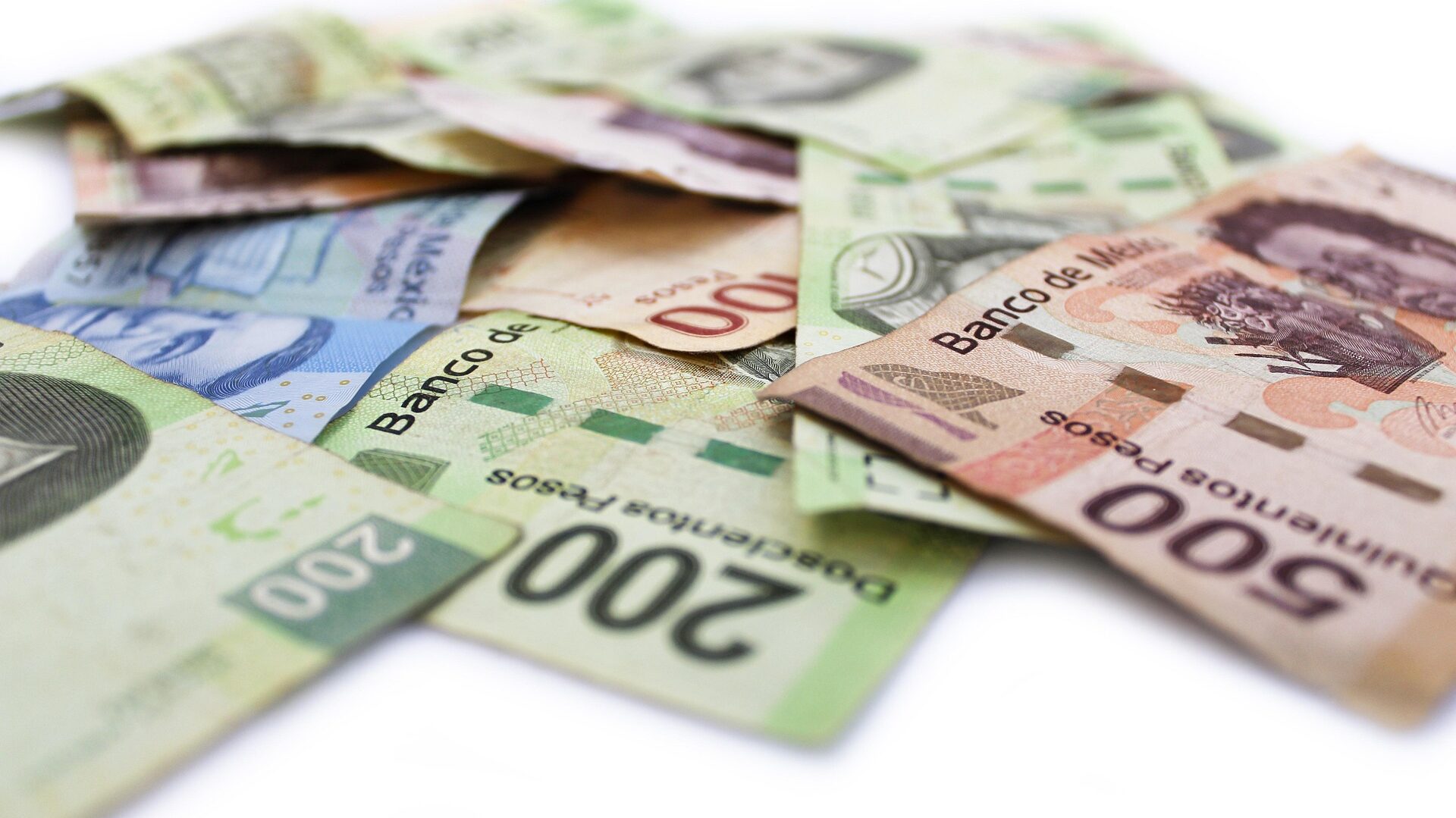Most people think of typical savings accounts with low interest rates when they think about saving money. But there’s a more effective instrument out there: HYSAs, or high-yield savings accounts. You may increase your money more effectively with these accounts because they provide noticeably greater interest rates than traditional savings accounts. A high-yield savings account can be a great way to optimize your savings potential, whether you’re saving for a major purchase, emergency fund, or future planning.

What is a High-Yield Savings Account?
The interest rate offered by a high-yield savings account is significantly higher than that of conventional savings accounts. Depending on market conditions and the bank or credit union offering the account, high-yield savings accounts can pay interest rates ranging from 0.50% to over 4% annually, whereas a regular savings account might give interest rates as low as 0.01% to 0.05%.
An HYSA is a desirable choice for savers who want to maximize their money without taking on a lot of risk because of the higher interest rate, which causes your money to grow more quickly.
Why Choose a High-Yield Savings Account?
- Earn More Interest
The interest rate is the main benefit of high-yield savings accounts. Over time, even a little variation in interest rates can have a significant impact. For instance, you will receive significantly more interest from a high-yield savings account with a 2.00% interest rate than from a conventional savings account with a 0.05% interest rate if you deposit $10,000 into the latter.
Example: Over a year, a $10,000 deposit would earn just $5 in a traditional savings account (at 0.05%), while it would earn $200 in a high-yield savings account (at 2.00%).
- Low Risk
High-yield savings accounts, like standard savings accounts, are usually provided by banks or credit unions that are insured by the FDIC or NCUA. This means that your deposits are safeguarded up to $250,000 per depositor, per institution. They therefore pose no risk to your principle balance, making them a safe and secure way to save money.
- Liquidity and Flexibility
More liquidity is available in high-yield savings accounts than in many other investing options, such as stocks or bonds. They are perfect for emergency funds or short-term savings objectives because you can access your money whenever you need to. Even though certain accounts could have fees for excessive transactions or withdrawal limits, they nonetheless offer greater flexibility than long-term investments.
- No Fees (Typically)
Another advantage of high-yield savings accounts over traditional ones, which could have maintenance or service costs, is that many of them are fee-free or have minimal expenses. You can avoid costs and keep all of your earnings as long as you comply with the rules, which include keeping a minimum balance.
- Perfect for Short-Term Goals
A high-yield savings account is a great location to put money if you’re saving for a short-term objective (such an emergency fund, vacation, or down payment on a home). Without the risk of more volatile investments like stocks or mutual funds, the interest will help your savings grow more quickly.
How to Use a High-Yield Savings Account Effectively
- Choose the Right Account
High-yield savings accounts are not all created equal. Consider the interest rate, fees, minimum deposit requirements, and any withdrawal restrictions when selecting an account. Make sure the account you choose fits your savings objectives the best.
- Considerations to keep in mind:
- Interest Rate: The higher the rate, the better, but also watch for promotional rates that may decrease after a set period.
- Withdrawal Limits: Some accounts limit the number of withdrawals you can make each month.
- Minimum Balance Requirements: Check if there’s a minimum balance needed to earn the highest interest rate.
- Set Up Automatic Transfers
Setting up automatic transfers from your checking account to your high-yield savings account is one of the best strategies to increase your savings. You may make sure that you constantly contribute to your fund without thinking about it by automating your saves. Over time, even little, consistent donations can build up.
- Keep Track of Interest Rates
Decisions made by the Federal Reserve or shifts in the economy might affect high-yield savings rates. It’s wise to keep an eye on interest rates and compare them if you see a big shift. To optimize your profits, think about moving your savings to another institution if a better rate becomes available there.
- Use for Emergency Savings
One of the best ways to accumulate an emergency fund is through high-yield savings accounts. Three to six months’ worth of living expenses should be saved for unforeseen circumstances like auto repairs, medical emergencies, or job loss. An HYSA is a great way to keep your emergency funds because it lets you save money while collecting interest.
- Avoid Using for Long-Term Investments
High-yield savings accounts work well for short-term savings objectives, but they are not the greatest solution for long-term investments like college or retirement funds. You should investigate other investing vehicles, such as equities, bonds, or retirement accounts, such as 401(k)s or IRAs, for long-term development.
- Maintain a Healthy Balance
Higher balances are rewarded with tiers of interest rates offered by certain high-yield savings accounts. Try to keep your HYSA balanced so you can profit from the account to the fullest. Don’t put all of your money into the account, though; make sure you have some cash on hand for other expenses or potential investments.
Top Benefits of Using a High-Yield Savings Account
- Faster growth: Higher interest rates mean faster accumulation of wealth with minimal risk.
- Safety: Your funds are FDIC-insured, offering peace of mind.
- No risk: Unlike stocks or bonds, your savings are not subject to market volatility.
- Flexibility: Easily accessible funds, ideal for short-term goals.
- Low maintenance: Most accounts come with no fees or low maintenance costs.
